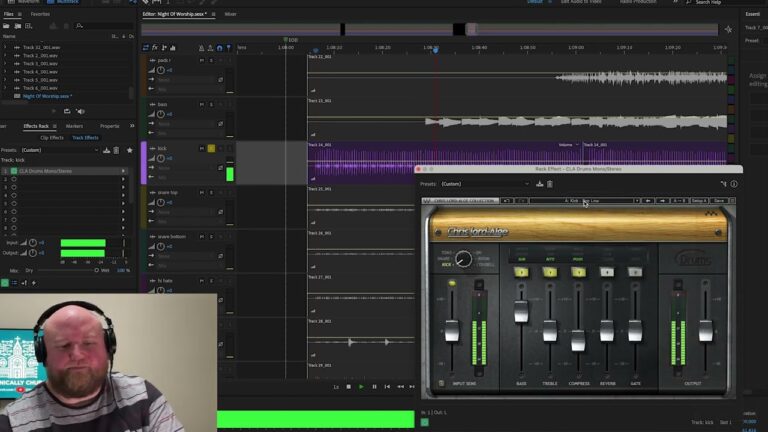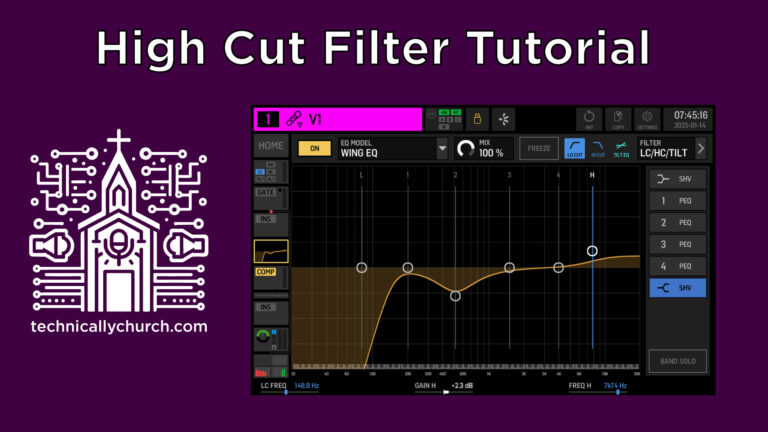Step-by-Step Guide to Behringer Wing with S32 & P16 Monitoring
Integrating Behringer Wing with Stage Box and P16 Personal Monitoring System
Introduction to the Setup
In the world of live audio production, the integration of mixers, stage boxes, and personal monitoring systems is crucial for a seamless sound experience. This article discusses a basic yet effective setup using the Behringer Wing console, Behringer S32 stage box, and the Behringer P16 personal monitor.
Connecting the Devices
- Behringer Wing and S32 Stage Box: The setup begins with connecting the AES50-A port of the Behringer Wing to the ‘A’ port of the S32 stage box. This connection is vital for transmitting multiple channels of digital audio between the mixer and the stage box.
- Linking to P16 Personal Monitor: An Ethernet cable is used to connect the Ultranet port of the snake to the Behringer P16 personal monitor. The Ultranet connection enables the transmission of 16 channels of digital audio for personal monitoring.
- Powering the P16 Monitor: In scenarios where multiple P16 monitors are used, a Behringer hub can be introduced to provide power over Ethernet, simplifying the setup.
Routing and Patching
- Basic Input Routing: On the Behringer Wing, the routing process starts by selecting the ‘Sources’ tab, where ‘AES50-A’ is chosen for the source group. This selection corresponds to the ‘A’ channel used on the board. For example, a microphone plugged into channel one of the snake is then routed to channel one on the board.
- Patching to the Mixer: To route the microphone to the board, the channel must be switched from its default (such as USB audio) to ‘AESA’. This action effectively patches the microphone input to the corresponding channel on the mixer.
- Routing to P16 Monitor: The output routing for the P16 monitor involves a slightly non-intuitive process on the Wing. The output section of AESA in the mixer’s routing tab corresponds to the channels on the P16. Channels 33 through 48 in the AESA output section are designated for the P16 channels, with each output channel mapping to a corresponding P16 channel.
Adjusting Levels and Monitoring
Once patched, the microphone level can be adjusted for optimal input gain. The effectiveness of the routing can be monitored directly on the P16 unit, where the corresponding channel will display signal activity in response to input, such as speech.
Conclusion
This setup exemplifies a fundamental yet comprehensive approach to integrating a digital mixer with a stage box and personal monitoring system. The Behringer Wing, known for its versatility, pairs effectively with the S32 stage box and P16 monitor, providing a solid foundation for live sound engineering.







